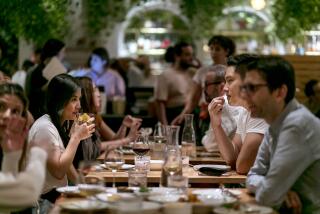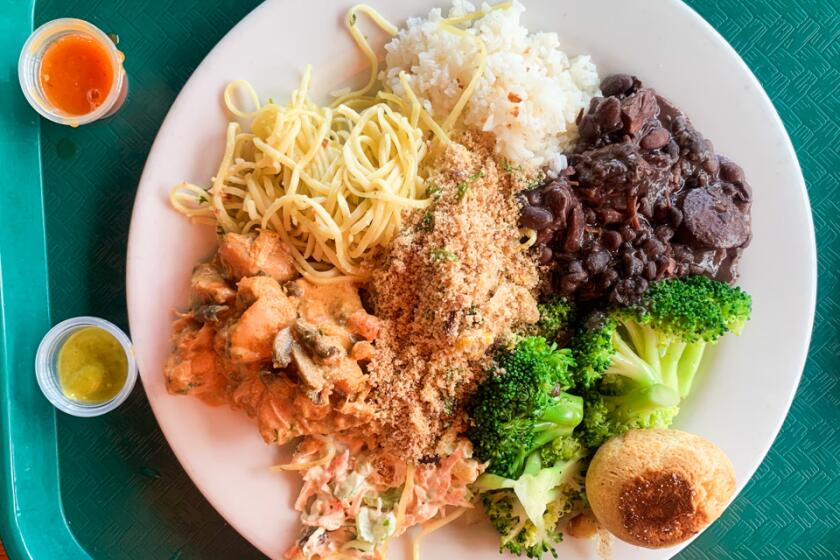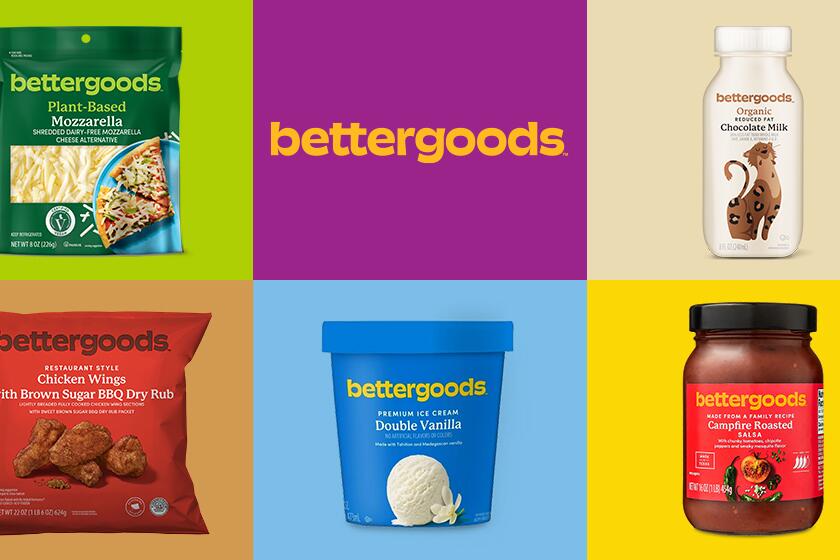Dump the foam
There’s something creepy about the feel of a plastic foam coffee cup in your hand.
Maybe it’s because you know, with every beat of your finite human heart, that this fragile white cup will outlast you. It will still be making little plastic snowstorms in the desert, it will still be choking the gullets of sea creatures when you and I are ashes and dust. Our trash, not just our treasure, is our claim on immortality.
That’s one of several good reasons to resent polystyrene foam, a.k.a. Styrofoam. I used to write my name on cups before throwing them away. I figured that archaeologists a millennium from now would unearth caches of these deathless white cups and clamshell containers bearing my name. They’d conclude that I must have been some kind of goddess and devote a museum wing to these enduring artifacts of . . . me.
Then I realized that a millennium from now, everyone will be pretty miffed about the environmental mess we left behind and won’t take kindly to anyone associated with it. So I stopped writing my name on foam containers, and started writing George Bush’s.
That’s not much of a solution to the everlasting foam conundrum. The Los Angeles County Board of Supervisors is thinking about banning the stuff in its most ubiquitous form, food containers -- quite sensibly, considering that the county has to spend $15 million a year just to keep the floating plasto-crap out of waterways. Santa Monica, Oakland and San Francisco are already there. In the meantime, lo and behold, L.A. has boldly staked out the middle ground by doing what no other large city has done: recycling it.
As of July 1, the city began taking every burger box, every foam cup, everything polystyrene off your hands guilt-free, except those wretched foam packing peanuts, nicknamed “angel poop” or “ghost poop,” which are too flyaway for a lumbering trash truck to corral. (Their smaller, pellet-sized spawn go by the marvelous name “nurdles”; the California Coastal Commission has them on its enemies list for gunking up the ocean.)
I wonder what ol’ Sam Yorty would have made of this? Yorty was elected mayor in 1961 in part by campaigning against trash sorting. Gallant Sam believed that housewives should not have to befoul their hands to pluck tin cans out of the garbage, even if the city did make half a million bucks a year recycling them.
More than 40 years on, at a Board of Supervisors’ meeting, Gloria Molina waved the empty foam breakfast burrito box that she bought at the county cafeteria and declared that “reform has to start at home.” And Los Angeles, the city, is starting reform at home -- nearly three-quarters of a million homes where the job of cleanup falls to trash collectors and residents.
For residents, it should get easier now that the city can recycle just about any clean, throwaway piece of plastic. You may have been recycling it all already, but now it will actually work: Everything numbered 1 through 7 on the bottom can go into the blue bin (along with clean glass bottles, paper, cardboard boxes and many metal cans). I say “clean” because even a few overlooked bites of Big Mac or swallows of Mountain Dew can contaminate a huge bin of recyclables; the city now has to throw out more than a quarter of blue-bin contents because people didn’t bother to empty or clean out the food.
The city Public Works Department is also sending out the new, improved recycling message with eight blue-shirted “ambassadors,” veteran trash guys who go through garbage bins, re-sort and leave you a note telling you what you put in the wrong bin and that they’ll be back in a few months to see how much better you’re doing. (Each of us, each day, puts about five pounds of recyclables in the wrong bin. Instead of earning the city $12,000 a day, the misdirected recyclables cost the city $10,000 a day to dump in a landfill.)
“Ambassador” Frank Briscoe has been a trash collector since the days when men and not automated forks hefted trash cans. His picture is plastered on the white trucks that are out in the East Valley this week, as he goes door to door to teach what Yorty believed we shouldn’t be bothered with -- sorting trash properly. “To my surprise,” said Briscoe, “people want to do the right thing. . . . Little old ladies come out and say, ‘Did I do it right?’ ” At night, he drives home to Moreno Valley, but he’s never off duty. At a barbecue last weekend, he found himself standing by the trash cans, herding guests to the right trash container. “I’d say, ‘Wait, wait, put it in the right bin!’ Most people said, ‘Oh, OK, yeah.’ ”
Urban conspiracy theorists believe some “Soylent Green” version of a recycling scam, that cities just combine the blue-bin trash with everything else and nothing really gets recycled. Richard Wozniak swears that isn’t true. He’s the manager for the Bureau of Sanitation. Recycling is “surprisingly a topic of conversation people are interested in now,” Wozniak said. “ Before, you’d say, ‘I’m in the trash business,’ and they’d walk to the other side of the room.” Now that it’s recycling, he said, “they’re interested.”
You want interested? You want the full blue-bin cooperation of everyone in L.A.? Here’s an incentive: Everyone who turns in their clean foam trash gets it returned to them -- as a brand new recycled foam surfboard. Awesome, brah!
--
More to Read
Eat your way across L.A.
Get our weekly Tasting Notes newsletter for reviews, news and more.
You may occasionally receive promotional content from the Los Angeles Times.







